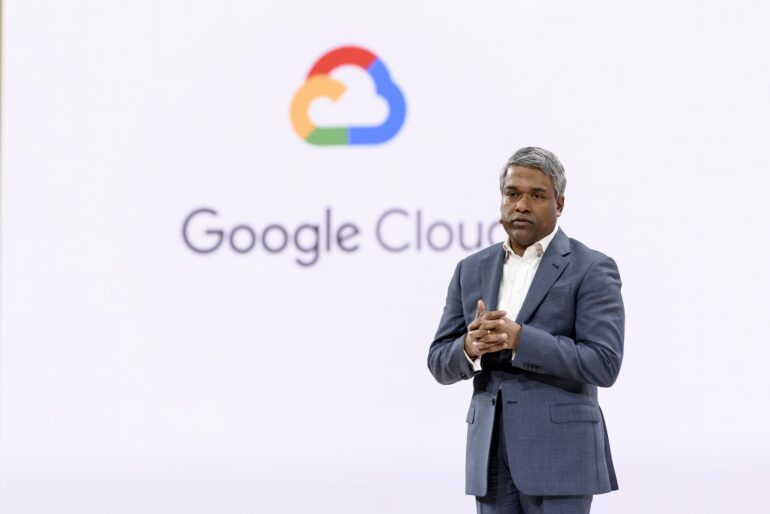TL;DR:
- Google is engaging in productive conversations with regulators in the European Union regarding groundbreaking AI regulations.
- The company aims to address concerns about distinguishing between human-generated and AI-generated content.
- Google is developing tools, including a “watermarking” solution, to enable people to identify AI-generated content.
- EU policymakers are focused on preventing copyright infringement and protecting artists and creative professionals.
- The European Parliament has approved legislation, the EU AI Act, to oversee AI deployment and ensure compliance with copyright laws.
- Google is actively collaborating with the EU government to understand and address concerns regarding AI ethics and development.
- The global tech industry is competing for leadership in generative AI, which has sparked concerns about job displacement, misinformation, and bias.
- Researchers and employees within Google have expressed reservations about the pace of AI advancement and the company’s approach to AI development.
- Google welcomes regulation and is working with governments to ensure responsible AI adoption.
Main AI News:
Google’s efforts to engage with regulators in the European Union regarding the pioneering artificial intelligence (AI) regulations have yielded promising results. Thomas Kurian, the head of Google’s cloud computing division, revealed that the company is actively collaborating with the EU government to develop safe and responsible AI practices. These discussions aim to address concerns raised by the EU about distinguishing between human-generated and AI-generated content.
In an exclusive interview with CNBC, Kurian expressed Google’s commitment to finding a way forward in collaboration with the EU government. While acknowledging the risks associated with AI technologies, he emphasized their substantial potential to create genuine value for individuals and society as a whole.
To alleviate concerns surrounding AI-generated content, Google is investing in innovative technologies to enable people to differentiate between human and AI-produced material. At their recent I/O event, the company introduced a groundbreaking “watermarking” solution that labels AI-generated images. This strategic move reflects Google’s proactive approach to implementing private sector-driven oversight before formal regulations are established.
The rapid advancement of AI systems, exemplified by tools like ChatGPT and Stability Diffusion, has expanded the realm of possibilities beyond previous iterations of the technology. ChatGPT and similar tools now serve as indispensable companions to computer programmers, aiding in code generation and other tasks.
However, policymakers in the EU and elsewhere remain concerned about generative AI models lowering the barriers to the mass production of copyright-infringing content. This poses a threat to artists and creative professionals who rely on royalties for their livelihoods. Generative AI models are trained on vast datasets of publicly available internet information, a significant portion of which is copyright-protected.
Recognizing the importance of addressing these concerns, the European Parliament recently approved the EU AI Act, legislation aimed at overseeing AI deployment within the bloc. This act includes provisions that ensure generative AI training data does not violate copyright laws.
Kurian emphasized Google’s commitment to collaborating with the EU government to understand and address their concerns. The company provides tools that can identify whether the content was generated by a human or an AI model. This capability is crucial for enforcing copyright regulations, as it ensures accountability and prevents misuse of AI-generated content.
The competition for leadership in AI development, particularly in generative AI, has intensified within the global tech industry. The profound capabilities of generative AI, ranging from producing music lyrics to generating code, have captured the imagination of academics and industry leaders. Nevertheless, concerns about job displacement, misinformation, and bias have emerged as important challenges.
Notably, even within Google, prominent researchers and employees have voiced reservations about the pace of AI advancement. The company’s announcement of Bard, a generative AI chatbot rivaling Microsoft-backed OpenAI’s ChatGPT, was met with criticism on Google’s internal forum Memegen. Former high-profile researchers, including Timnit Gebru and Geoffrey Hinton, have also raised concerns about the ethical development of AI and the company’s approach to it.
Kurian emphasized Google’s willingness to embrace regulation and its commitment to responsible AI development. The company actively collaborates with governments in the European Union, the United Kingdom, and various other countries to ensure the adoption of AI technologies in a manner that benefits society.
Conclusion:
Google’s productive talks with the EU on AI regulation demonstrate the company’s commitment to developing and implementing responsible and safe AI practices. By actively engaging with regulators, Google aims to address concerns surrounding the distinction between human-generated and AI-generated content, copyright infringement, and the ethical development of AI. This collaborative approach aligns with Google’s willingness to embrace regulation and work towards its adoption in a responsible manner. In the market, this signifies Google’s recognition of the importance of regulatory compliance and its commitment to maintaining trust and accountability in the use of AI technologies. By proactively developing tools and engaging in discussions, Google positions itself as a leader in responsible AI development and reinforces its dedication to addressing societal concerns in the ever-evolving AI landscape.

